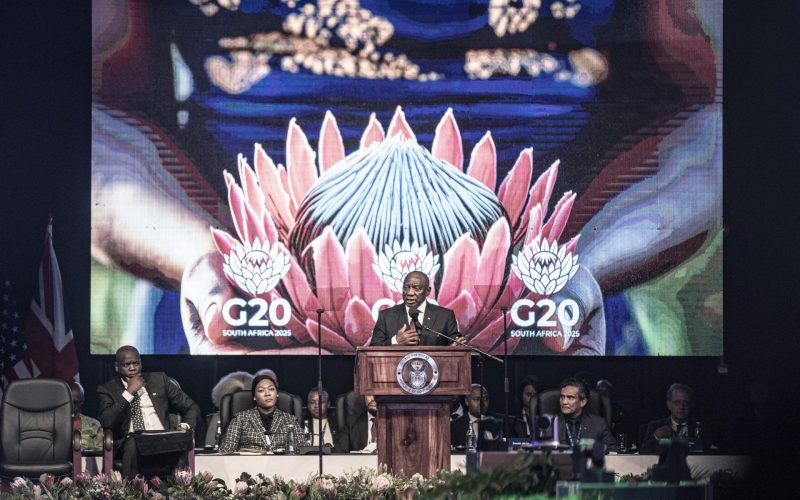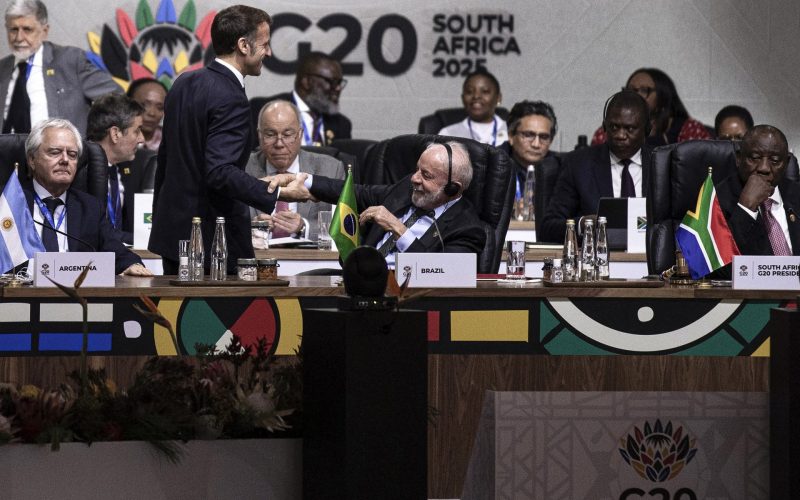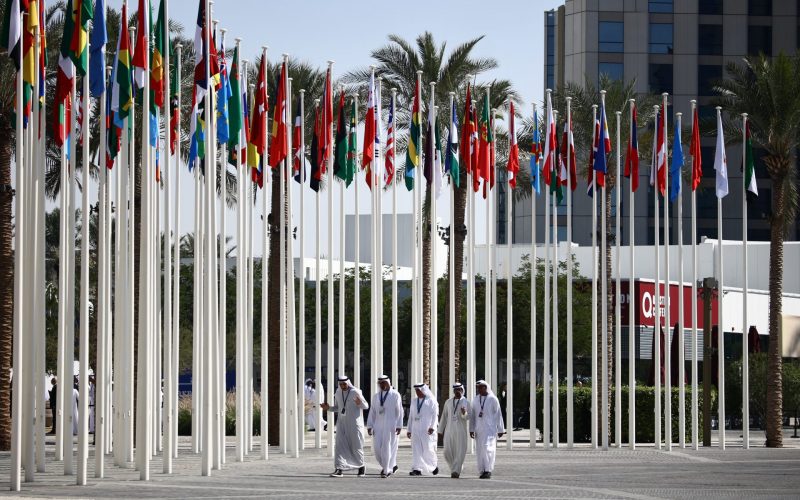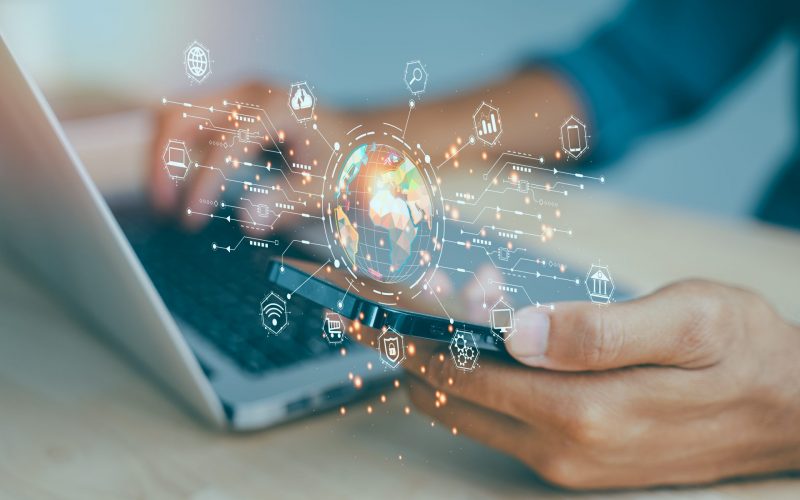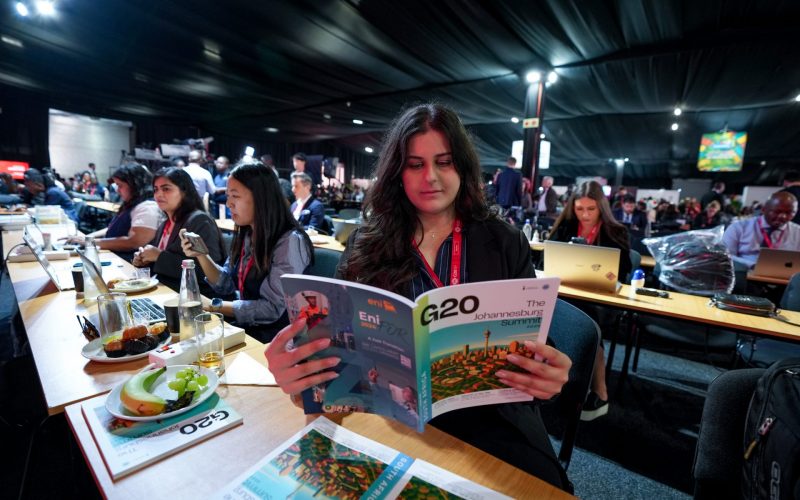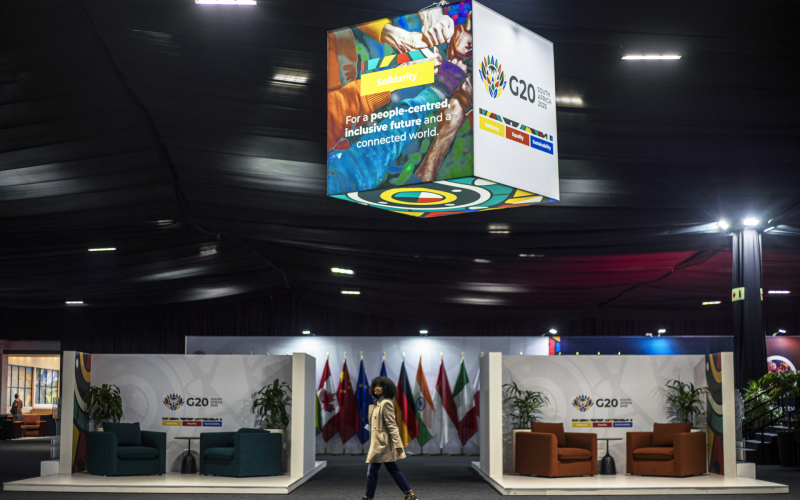Development Finance is a Growing Challenge for Africa
As Vladimir Lenin once said, ‘There are decades where nothing happens; and there are weeks where decades happen.’ The period since Donald Trump became the US president appears to be one of ‘those’ weeks. Since his inauguration in late January, Trump has effectively ended US aid, leaving many African countries with serious budgetary shortfalls and their people facing heightened risks to their wellbeing, including threats to health and food security.1According to the Africa Report, cuts to programmes administered through the US Agency for International Development (USAID) are set to have an impact on sectors such as infrastructure, education, good governance and conflict mitigation. South Africa alone is estimated to be losing $268 million through these cuts.
He has also imposed tariffs on the rest of the world2It is not clear that Trump will ultimately be able to implement all the tariffs he has threatened. A recent decision of the US Court of International Trade declared that Trump’s order raising the tariffs was invalid. This ruling has been challenged, and the Trump administration has been granted a stay of judgment until the appeal is decided. A final decision is not expected before the end of August 2025. See, for example, Troutman Pepper Locke, “IEEPA Tariffs to Remain Temporarily Despite Adverse Ruling; Aluminum and Steel Tariff Rate Increased”, Lexology, 2025. and effectively set aside the principles of non-discriminatory trade that underpin the World Trade Organization (WTO). In addition, he has placed US participation in key international organisations such as the International Monetary Fund (IMF) and the World Bank under review and has pulled the US out of international organisations like the World Health Organization and international processes like the climate negotiations.
Unfortunately, Trump’s actions are not the only indication that the world is changing and Africa’s access to development financing is becoming more precarious. In fact, the situation has been deteriorating for a while. The UK, Sweden, Germany, France and the Netherlands have also cut their official development assistance (ODA) budgets, if not as extremely as the US. According to UNCTAD, the total flow of ODA to African countries fell by 3.5% in 2022 and a further 7% in 2023. Moreover, the composition of the aid has changed, with grants decreasing by 8% and loans increasing by 11%. The result is that African countries are receiving less aid and on less generous terms. While this decline in ODA can be partially offset by concessional financing from multilateral development banks (MDBs), it cannot be replaced completely. Informed by a report of the G20 Independent Expert Group, the G20 has been driving efforts to make MDBs bigger, better and more effective. As a result, MDBs collectively have expanded their lending to member states and have made their lending processes more flexible. However, according to the OECD, ‘at best’ these institutions can increase their lending capacity by 30% by 2030, far short of the tripling in lending capacity called for by the G20 independent expert group. Moreover, there is concern that the availability of funding from the concessional arms of these multilateral institutions, such as the International Development Association (IDA), may decline as donor countries cut their aid budgets. In fact, the most recent budget proposal of the US administration proposes cutting its IDA contribution from the $4 billion commitment made by President Joe Biden to $3.2 billion.
The net effect of these developments is that African countries will have to place greater reliance on two other sources to finance their efforts to meet their climate and Sustainable Development Goal (SDG) objectives. The first, which should be the most important source of development finance, is domestically mobilised resources, including taxes and local capital. These resources can be maximised by improving tax policy and administration, developing local capital markets and curbing illicit financial flows (IFFs). According to the AU’s Agenda 2063, domestic resource mobilisation (DRM) should meet at least 75% of Africa’s financing needs.



